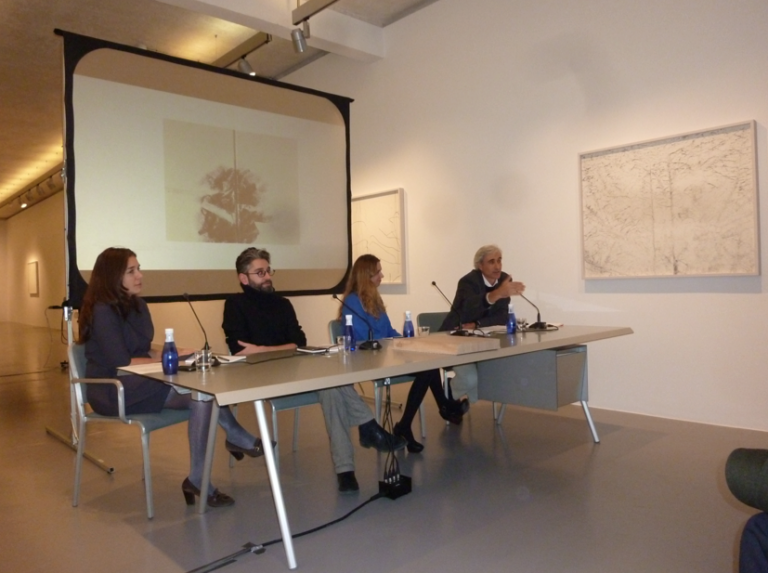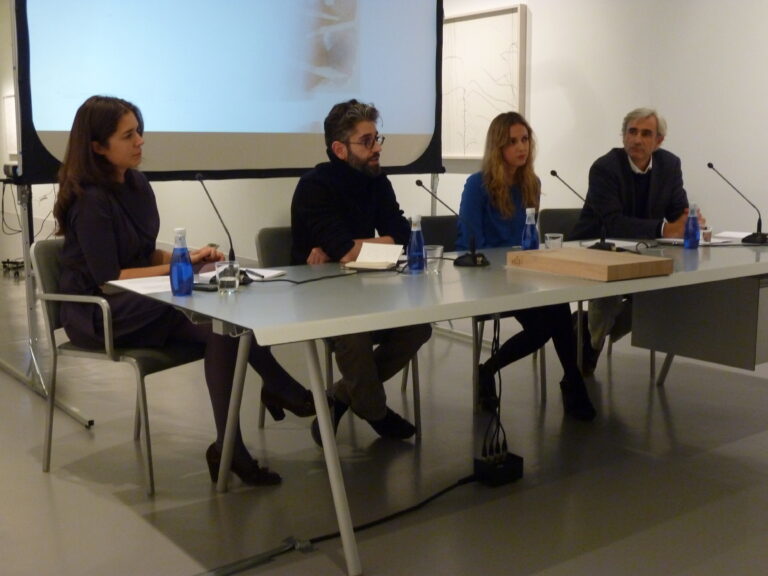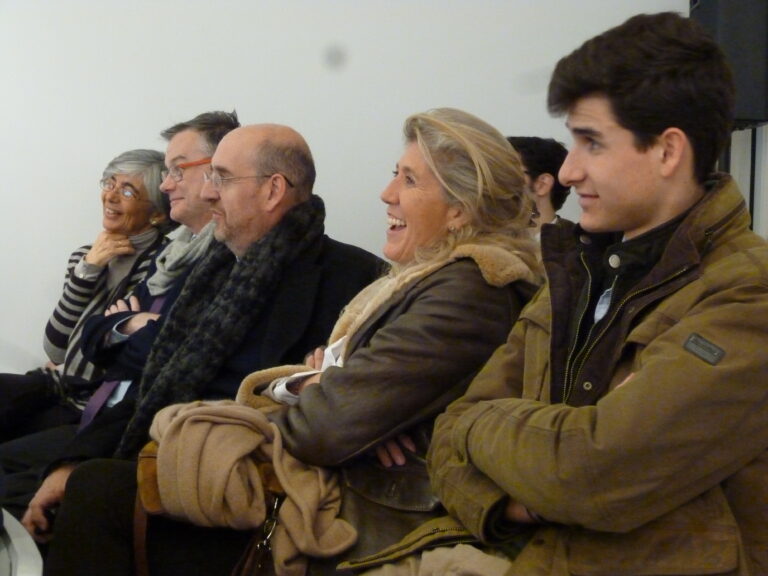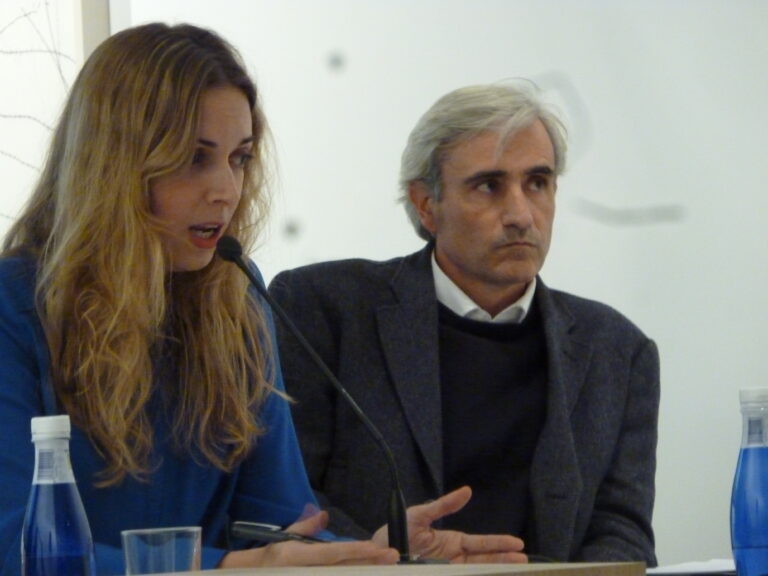Launch: ‘The path of the wind’ by Benjamín Cano





On 28 November at 7:30 p.m., Ivorypress Bookshop hosted the launch of the artist’s book The path of the wind by Benjamín Cano, published by Siete de un Golpe. The presentation was given by Valerie Maasburg, director of Ivorypress Bookshop, Gonzalo Golpe, editor of the publication; Mireia A. Puigventós, content coordinator, and the author of the book.
The path of the wind is conceived as an artist’s book that contains reproductions of Benjamín Cano’s sketchbooks as photographed by Eduardo Nave. The work alludes to the wind to express the idea of clinging to life, but also of something that can become detached and volatised.
The artistic language of Benjamín Cano is intimately linked to the creative process and to poetry. Touched by the soul of the matter, his work recognises a work that evaporates and transcends, of the ‘present absence’. As described by critic Fernando Castro Flórez, ‘throughout his work, the artist releases a singular passion for the subject that relates to the informalist aesthetic that spills out with an unequivocal gestural pleasure, but also with an imaginary of the body and the spirit’.
In his compositions, the mark acts as a sign of the passing of time but also as a consistent stain of ink on paper, which simultaneously brings to mind an image of pain and of healing. A morphology that projects the aspect of wounds, sutures, rituals, germination, blood, breath… Consequently, many of his images are suggestive of organs and vital cavities, bodies, ribcages. ‘The trembling of something that pulsates with life, with biological processes’, in the words of Ana Martínez de Aguilar, ex-director of the Museo Nacional Centro de Arte Reina Sofía (MNCARS). Other times ‘they recall the inside of the earth, organic material in constant movement and its connection with the exterior atmosphere’.
Benjamín Cano (Madrid, 1963) is a multidisciplinary artist and architect with a solid professional career. He works at Cano & Escario Arquitectura, a studio founded in 1988. He has received more than twenty awards in national architecture contests and has participated in several Spanish architecture biennials. His work has also been included in several guides of 20th-century Spanish architecture. Cano is not limited to architecture as a privileged form of expression but also works with painting, sculpture, drawing and photography.
